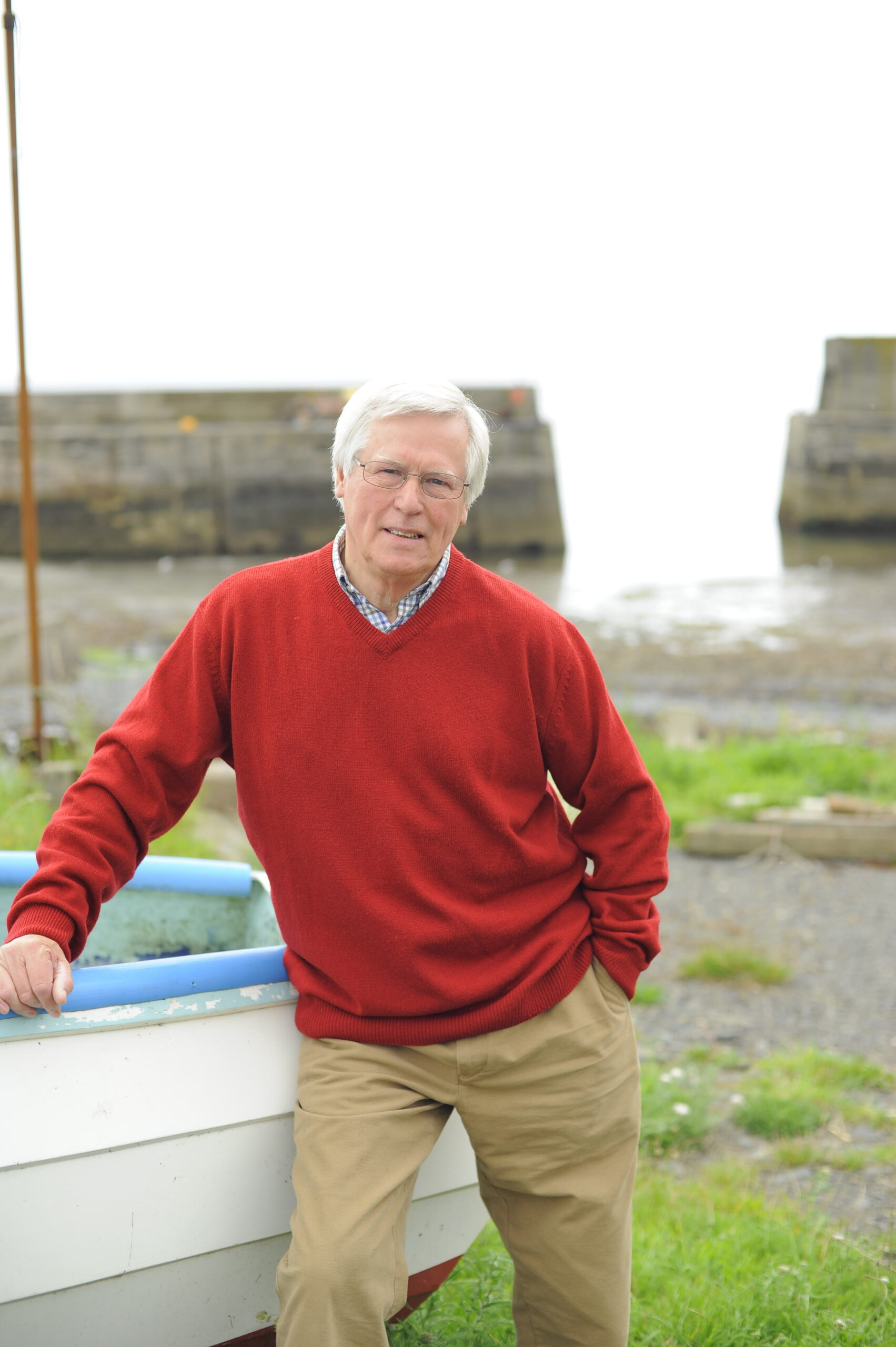What do you do to discover how a much-loved but fast declining and elusive mammal is faring in its battle for survival along our rivers, streams and ditches?
First, recruit hundreds of volunteers for look-out duties. Then call in specially trained detector dogs and build tiny floating loos.
Make no mistake, water voles are in real peril. Once a common sight along Britain’s waterways, by the end of the 20th century their decline had become catastrophic, with numbers down by at least 90%. Their numbers have recently been reported to be as low as 60,000 or as high as 180,000. The real figure is probably somewhere in between – enough for water voles to be officially declared endangered.
Harmless water voles are one of nature’s little helpers and contribute to healthy river ecology with their foraging and burrowing. Yet they live in constant danger. In 1908, Kenneth Graham named one of them Ratty in The Wind in the Willows and he wasn’t alone in confusing them with rats. Water voles are smaller than rats with more rounded faces and bodies and shorter tails, that are furry not hairless, yet many have died by human hand because of this confusion.
As they are at the bottom of the food chain predators abound – from otters to buzzards and foxes – but the greatest threat comes from the American mink, originally brought here by fur farmers but now widespread in the wild. A female mink is small enough to invade a water vole’s complex burrow and kill all she sees. As if that isn’t enough, humans make serious problems for them by creating habitat loss and water pollution.
Next month, wildlife groups, headed by the People’s Trust for Endangered Species (PTES), will begin their tenth annual survey of thousands of known sites, checking if water voles are still present and looking for any new sites. Emily Luck of the PTES says: “It’s building an up-to-date picture of where our remaining water voles are so we can better protect them.”
Volunteers walk along a local waterway, surveying the same 500m of riverbank every year. They search for clues such as droppings and tell-tale feeding signs – stems and leaves nibbled at a 45° angle. In areas where there’s dense vegetation or steep, unstable banks the task can be treacherous, so extra assistance is now being recruited in the form of sniffer dogs and, of all things, floating latrines.
The dogs, usually spaniels or Labradors, go through six months of training so they can nose their way through undergrowth where droppings are hidden or along perilous riverbanks where four canine feet are more stable. Water voles themselves make the search easier by creating latrines – leaving their droppings in piles rather than scattering them. When the dogs find their target, they sit to mark the spot until it’s logged.
“In tricky wetland areas, where walking or wading could potentially damage sensitive plants and pose health and safety risks, we’ve deployed small floating rafts – a method that takes advantage of the voles’ territorial behaviour,” says Luck. “The rafts are placed in slow-flowing water and attached to the banks like mini moored boats. They provide a safe, non-invasive platform on which voles naturally leave their droppings to mark their territory. This ingenious technique has consistently helped discover water vole populations in locations previously believed to be completely devoid of them.”
Because these floating loos are only 20x20cm, volunteers use binoculars to check the results. Along with sniffer dogs, the rafts are providing more accurate information on survival rates. Though the trend is downwards, there are some positive spikes. In East Anglia, serious efforts by the Waterlife Recovery Trust have removed mink from Suffolk and most of Norfolk, so about 5% of England is now safe for water voles. The National Water Vole Database Project reports 11 new areas where populations have been found.
Ali Morse, water policy manager of the Wildlife Trusts says, “It’s heartening to see that we can still rescue Ratty if we all plan well and coordinate our efforts.”
Main image credit: Getty
Read more of John's columns



